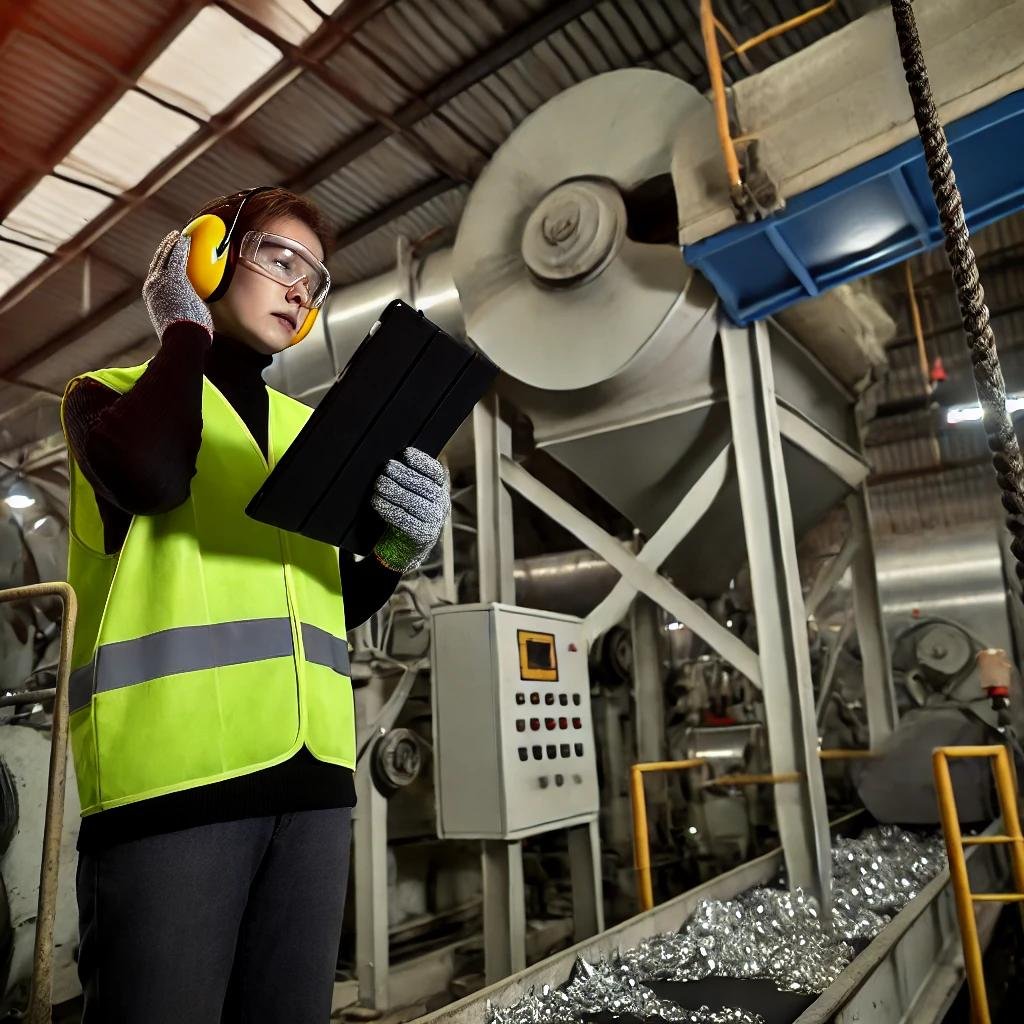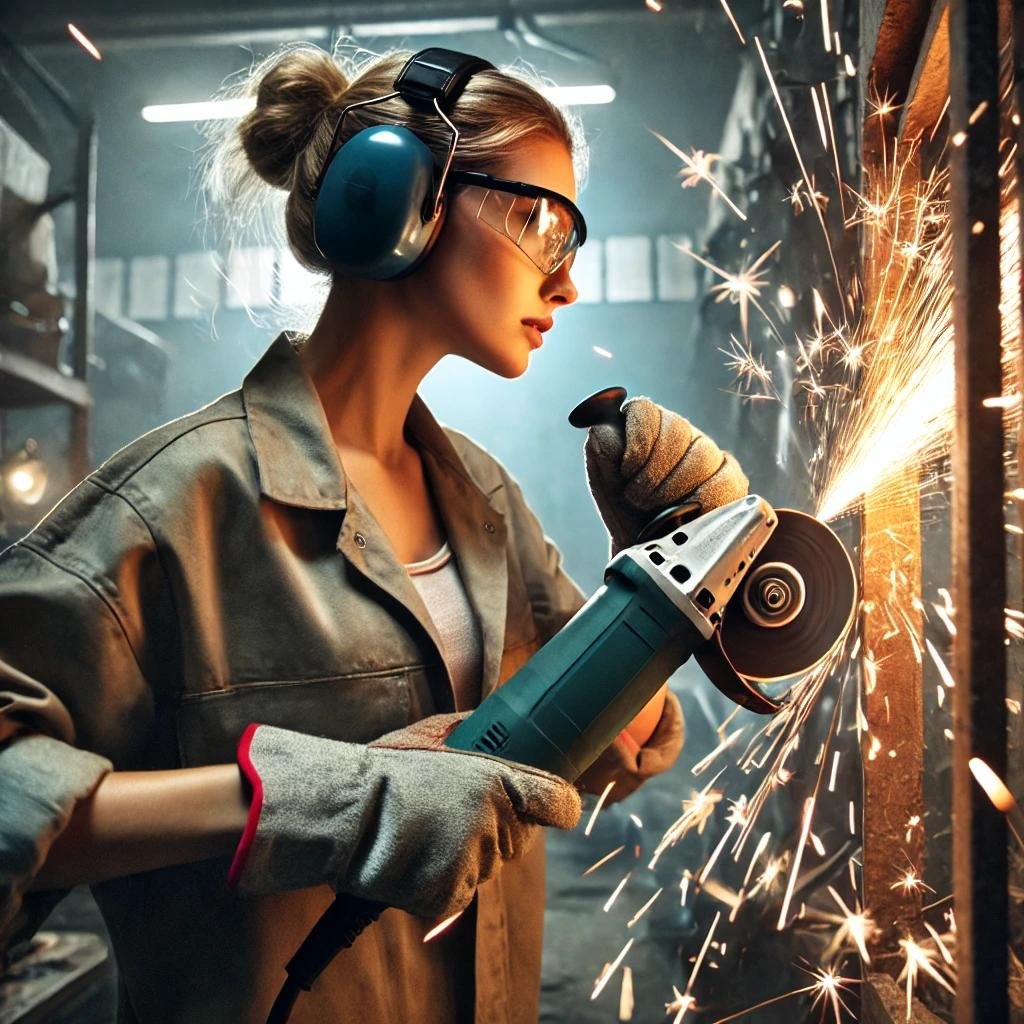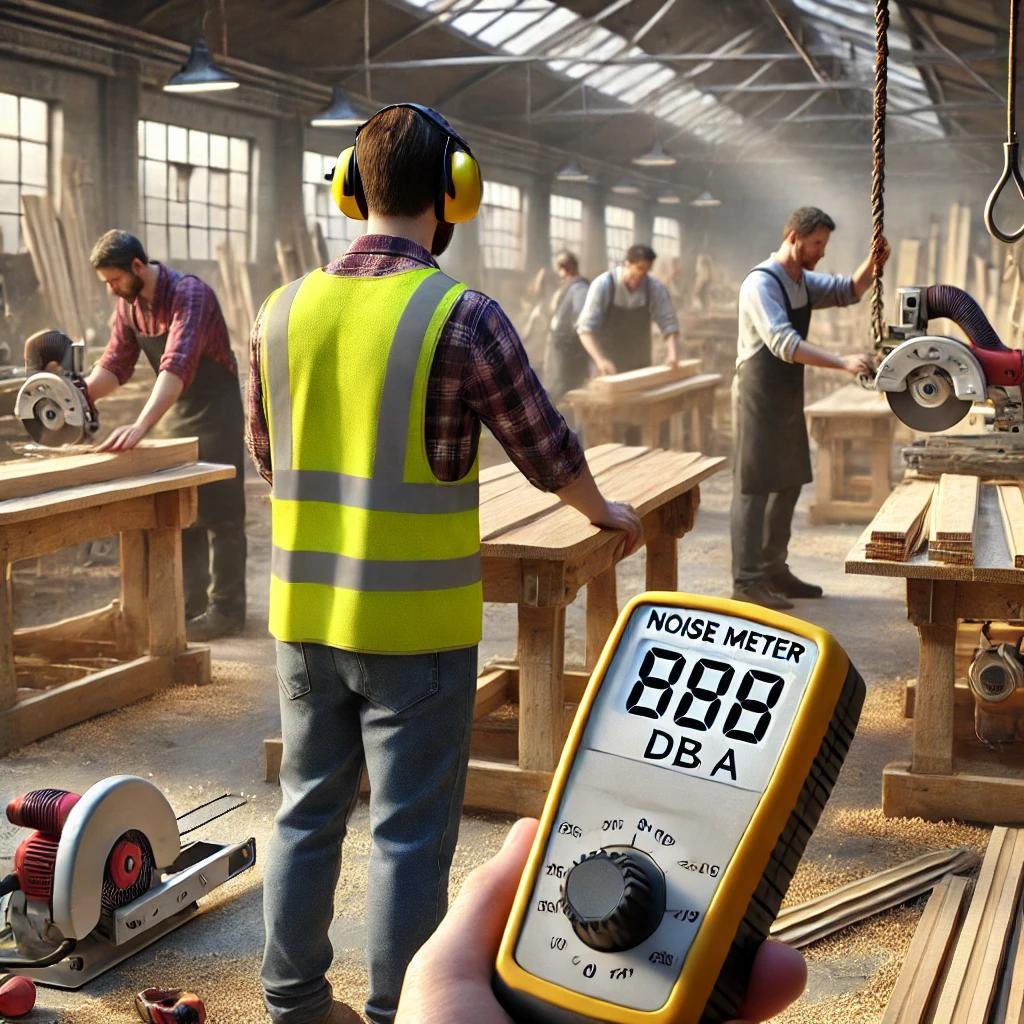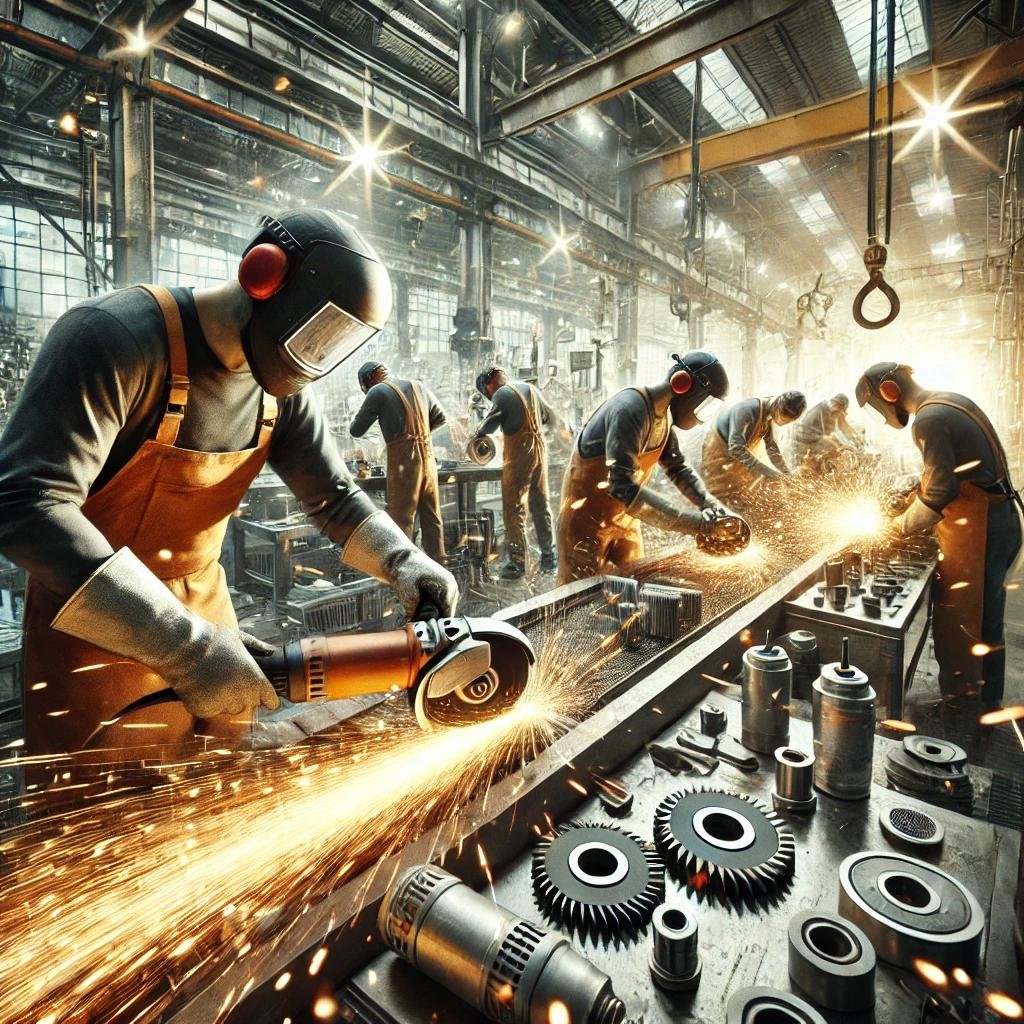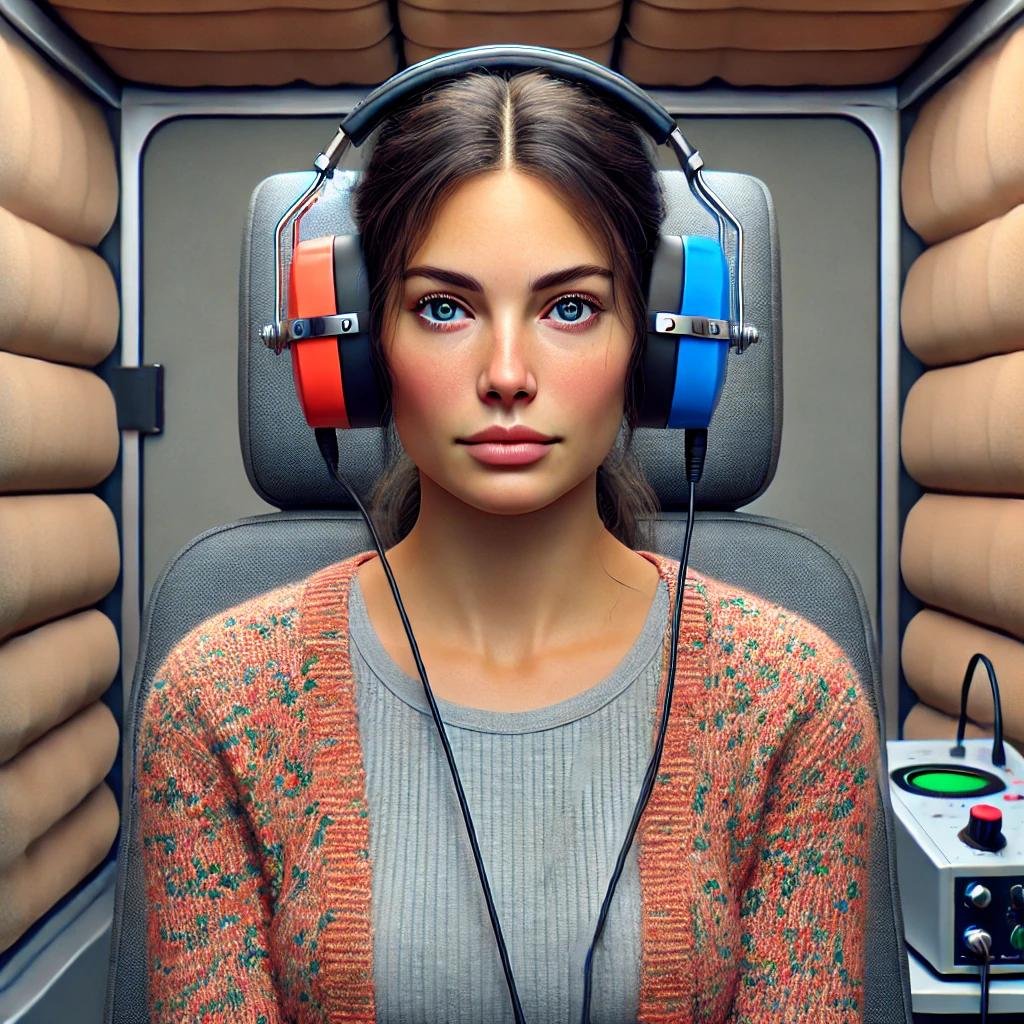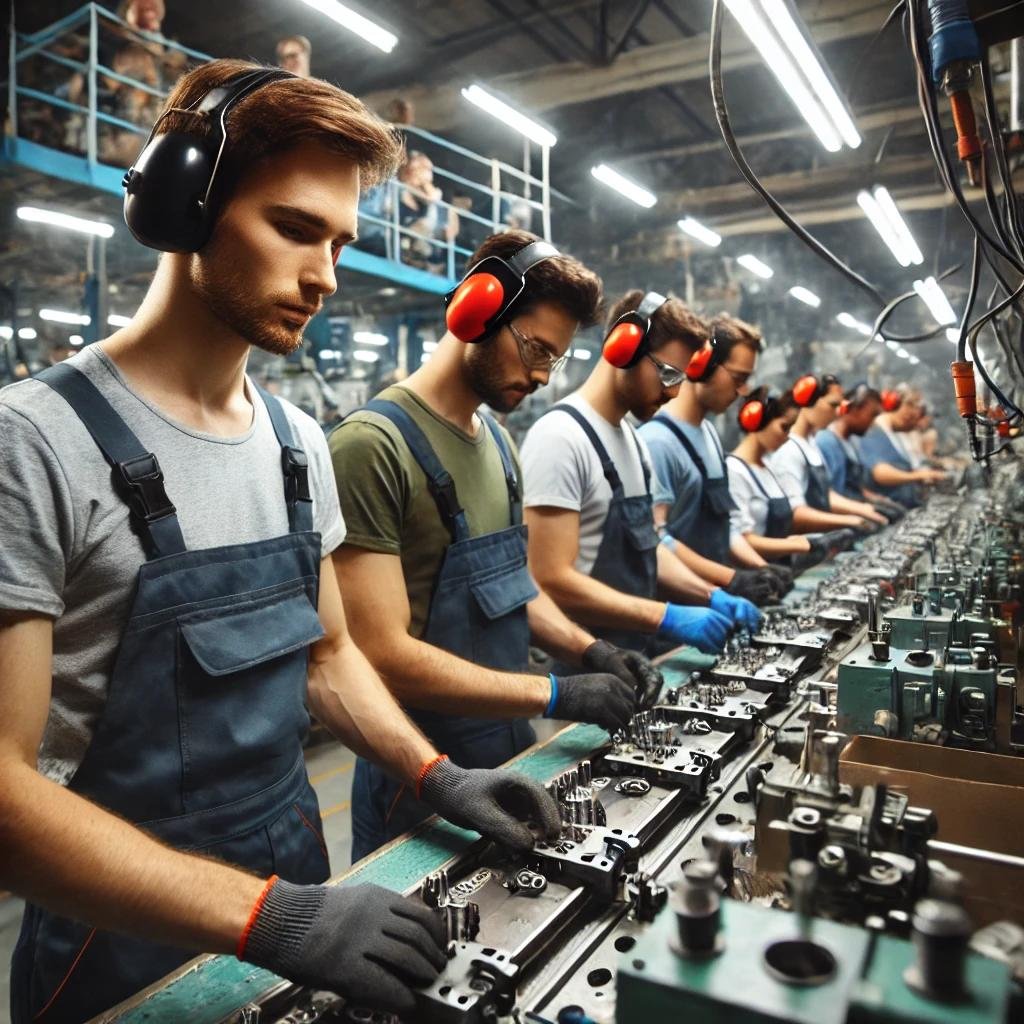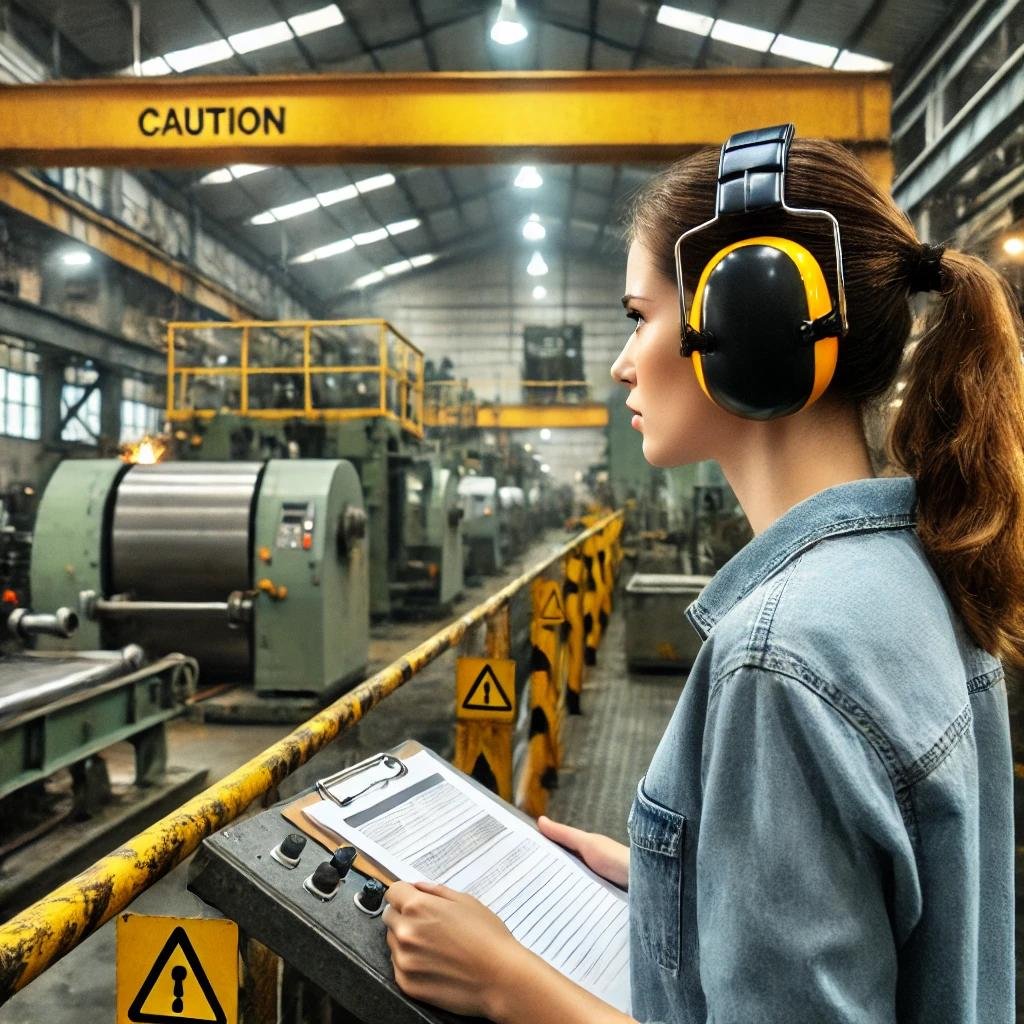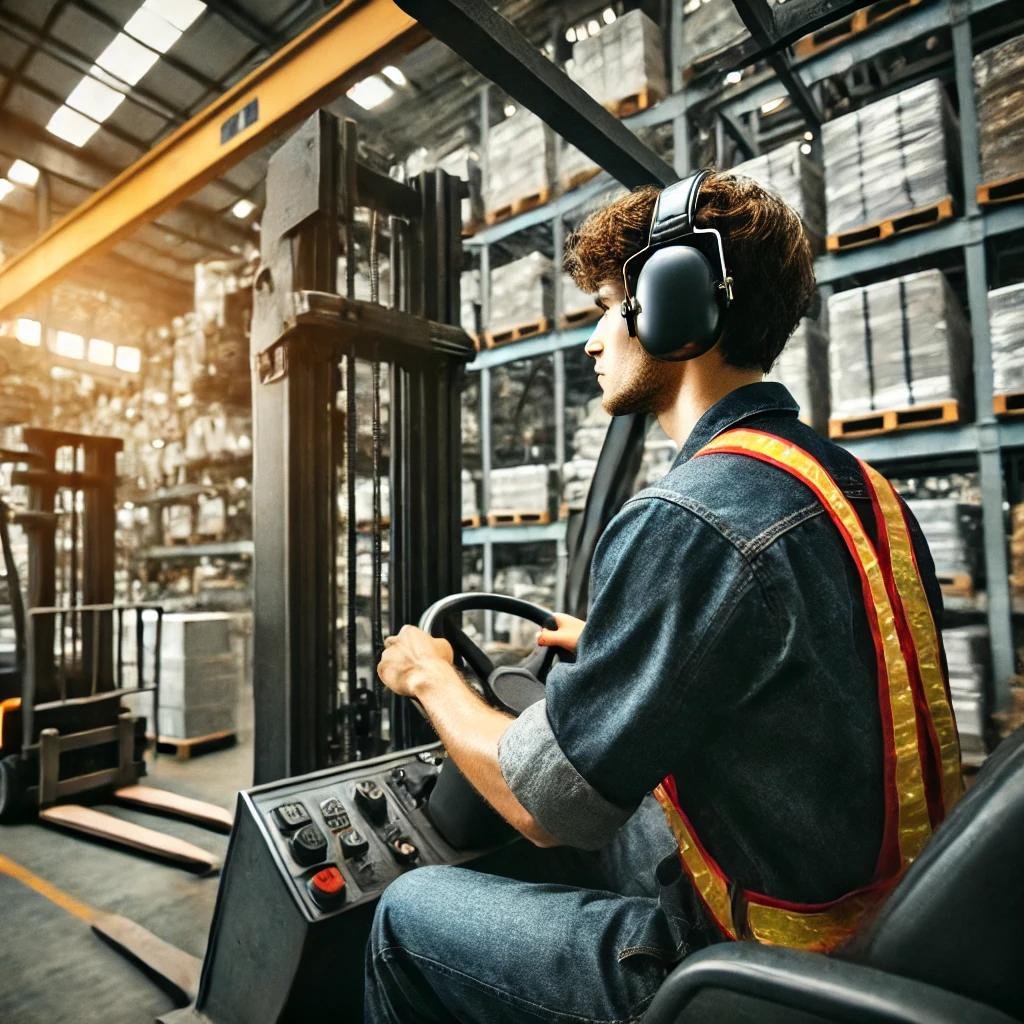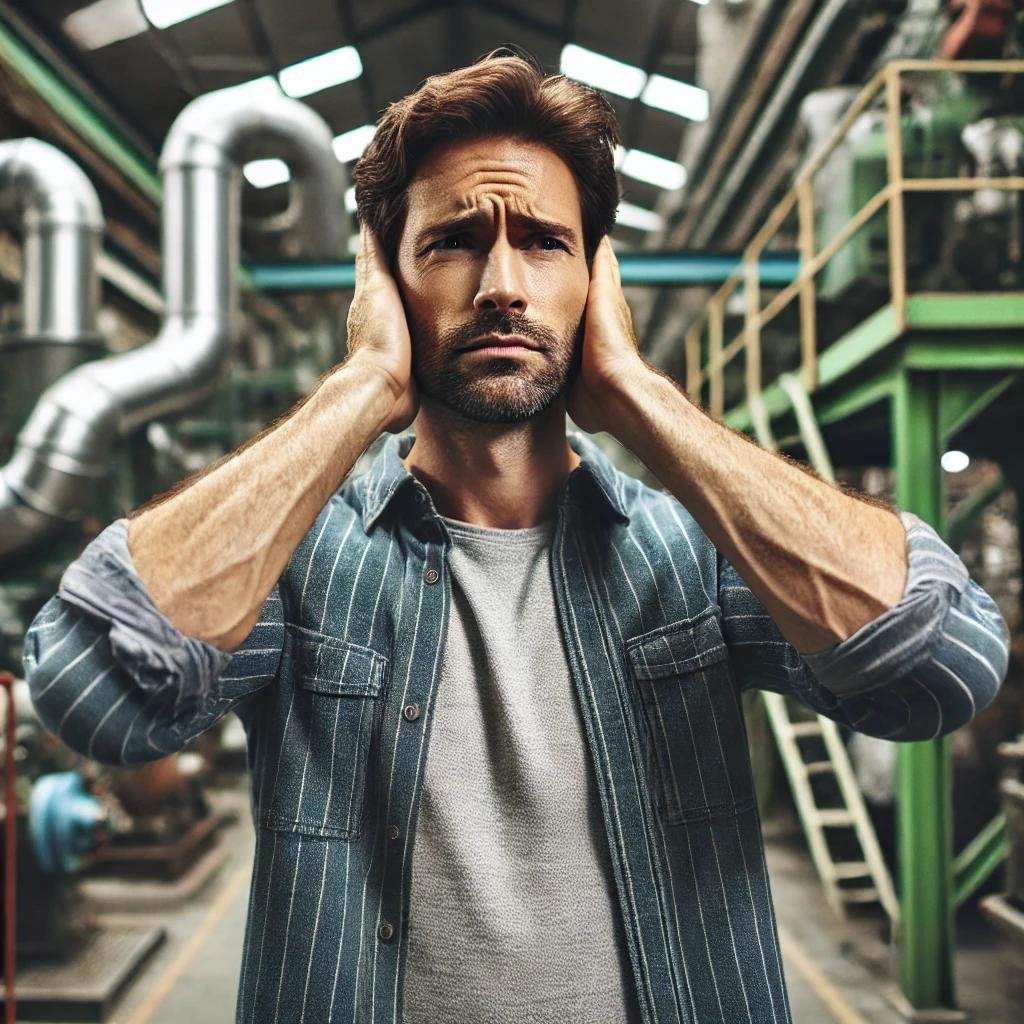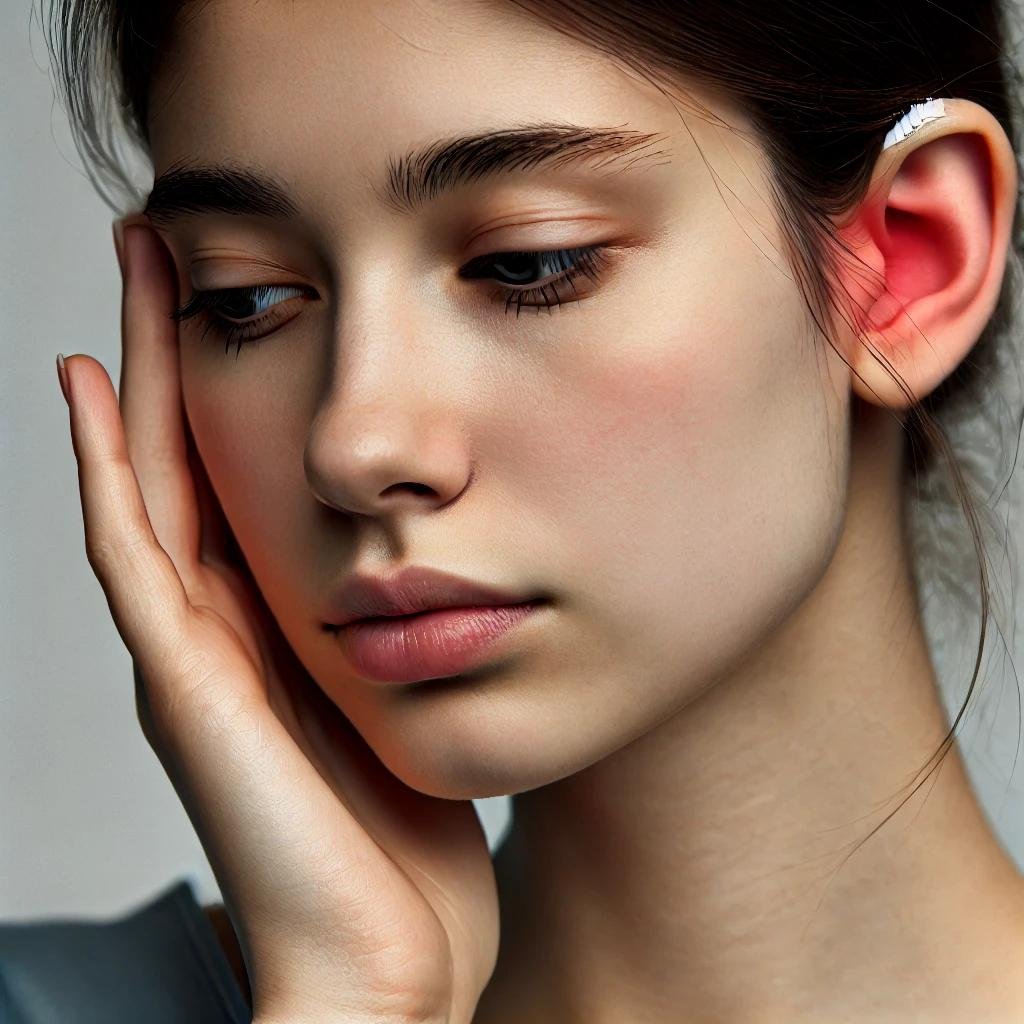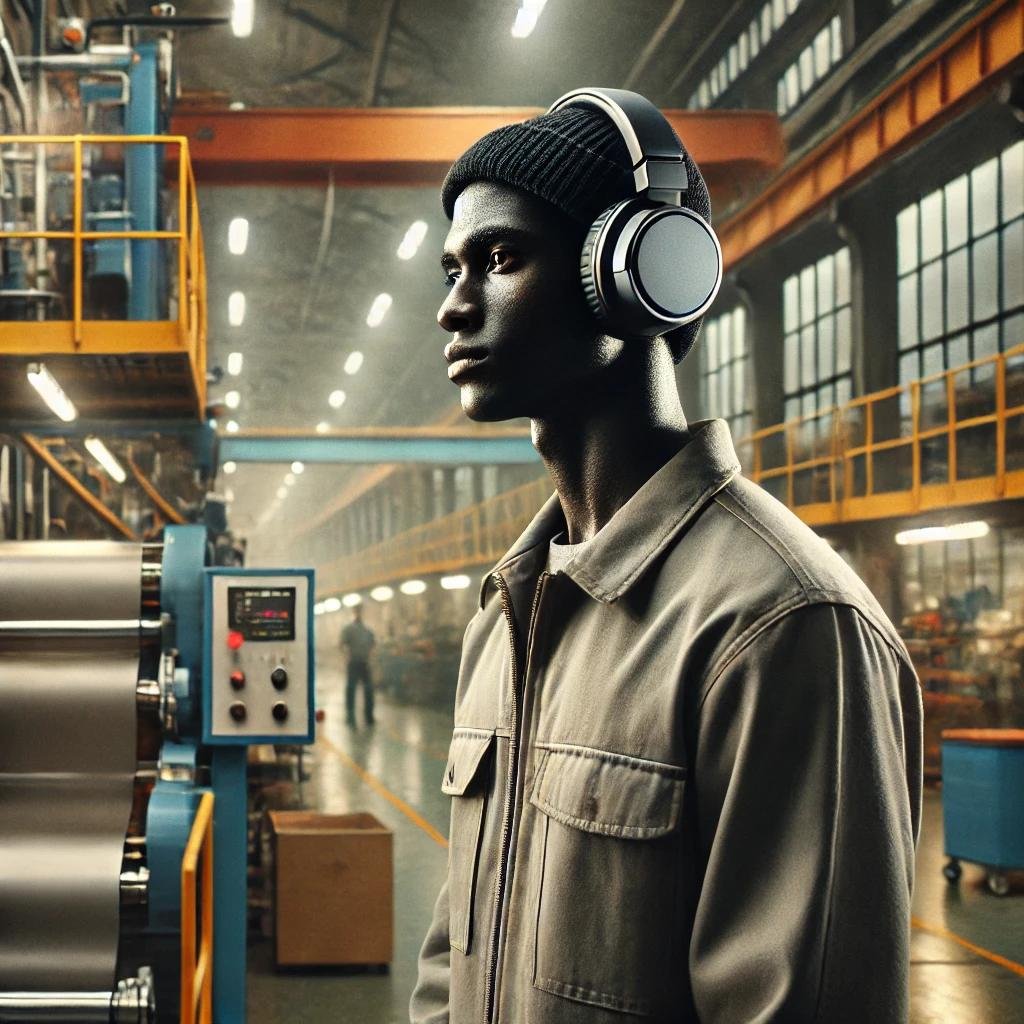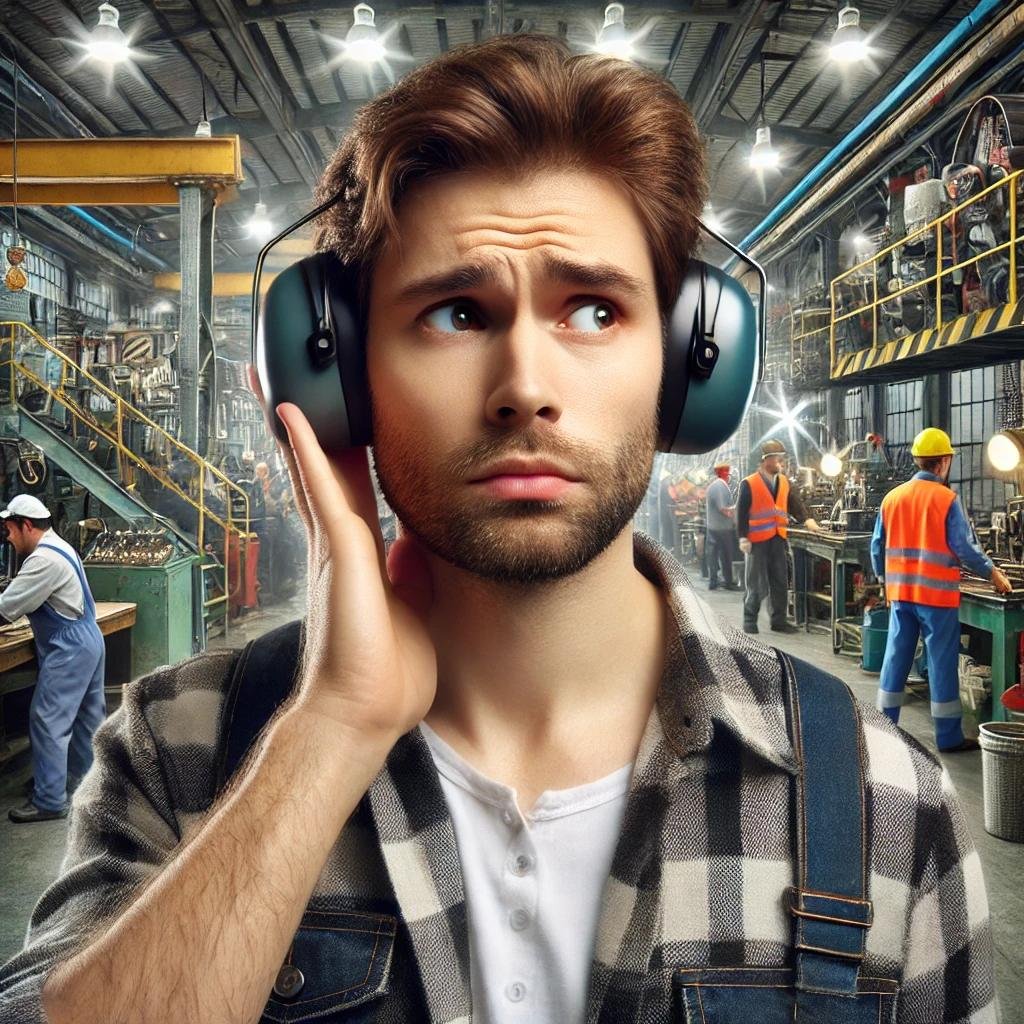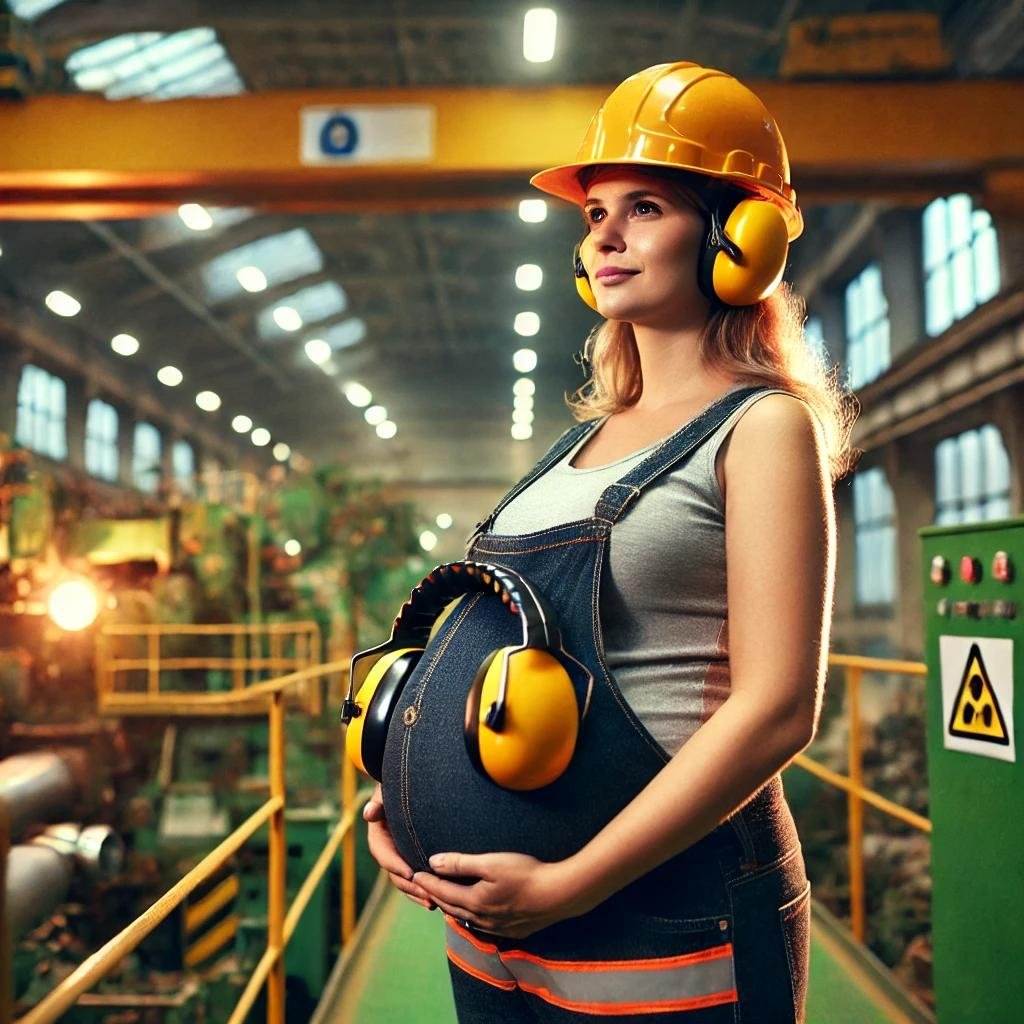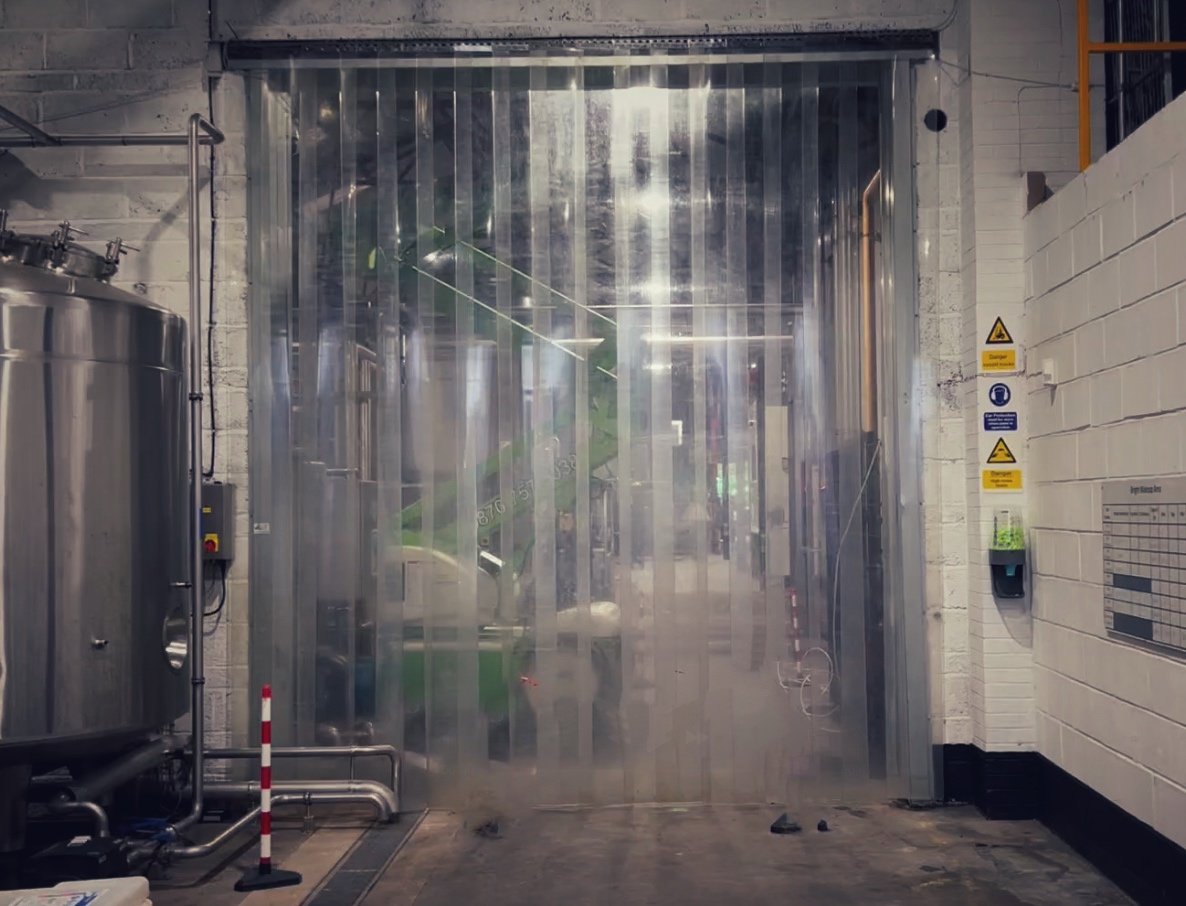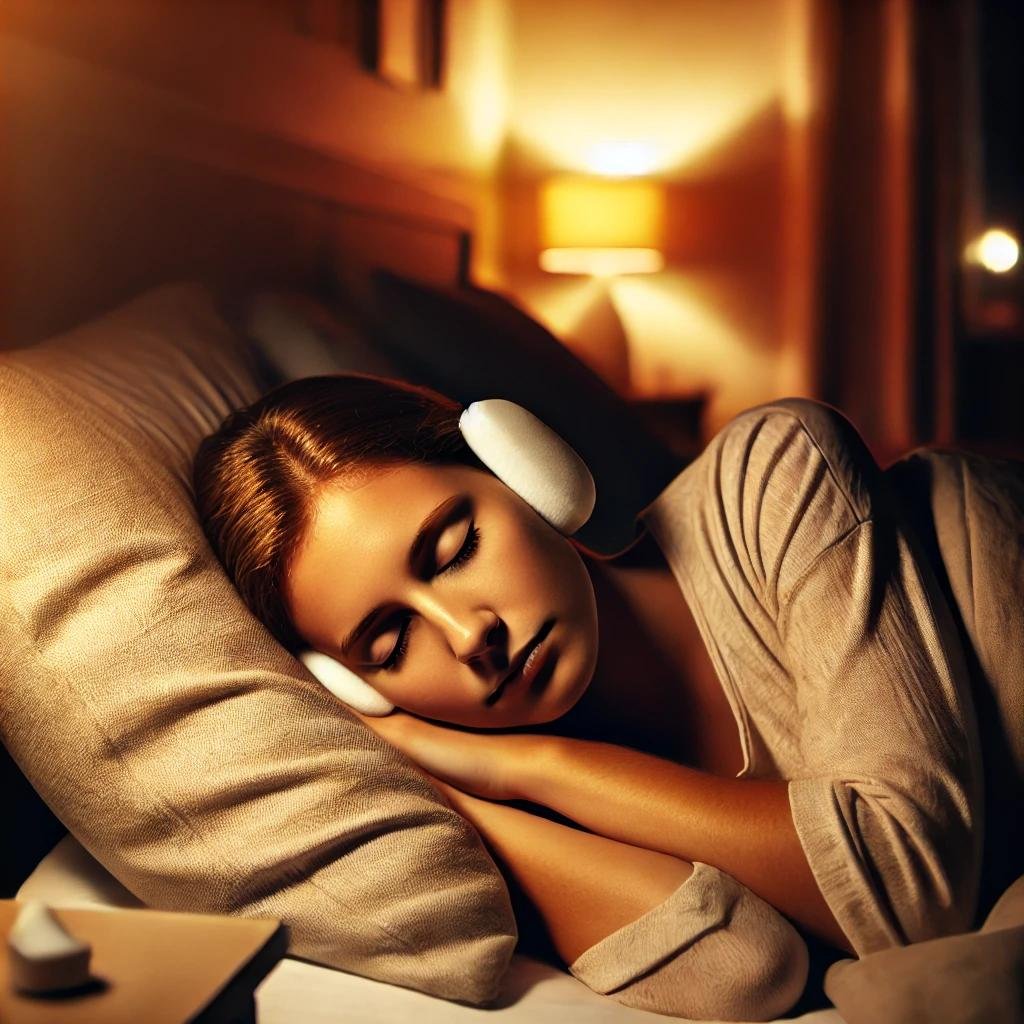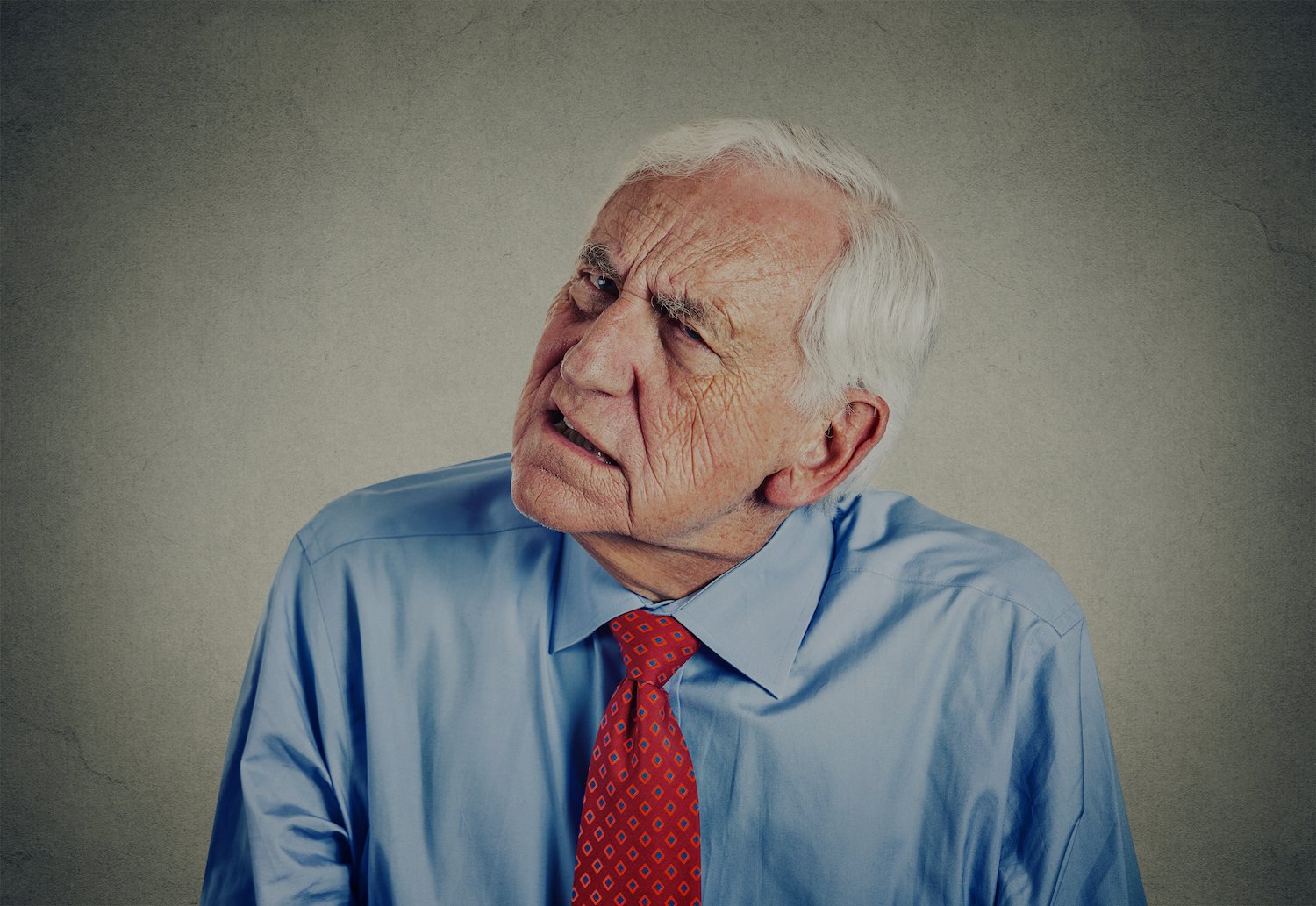
Information on noise assessments and managing noise safety risks
A set of articles giving more information and guidance on noise assessments or managing noise risks at work.
Advice covering noise assessments and noise surveys, the noise risk assessment process, health surveillance, hearing protection and what employers need to do to manage noise risks at work.
To help it is split into separate sections:
Noise assessments or industrial noise surveys (quick link)
Health surveillance (hearing testing) requirements (quick link)
Hearing protection guidance, information and reviews (quick link)
General information on noise risk management and non-occupational noise risks (quick link)
Noise assessments / industrial noise surveys
Noise assessments / occupational noise surveys can seem like a bit of a dark art to non-noise people so these guides will give information on the noise assessment process itself so you can make an informed decision on which noise assessment services to use.
In a noise assessment you will see a few different types of noise data presented and it can seem a little baffling. Noise is measured in decibels, but not all decibels are the same, that would be far too easy.
A noise assessment does need to be reviewed or repeated from scratch sometimes, but you don’t always have to get someone in to do it. This is guidance on when to review a noise assessment or get a new noise assessment done.
I feel for employers here as they know they need to get a noise assessment done so start looking into it, and quickly end up in a dark and murky world of Lep,d and TWA and dB(A) and dB(C). It is a wonder they don’t end up sitting in a corner and weeping gently.
Now that is a good question, the Noise Regs require an employer to do a noise assessment if they think there is a noise risk, but how do you know you have a noise risk without doing a noise assessment…?
Noise survey vs noise assessment vs noise risk assessment - what do they all mean, what is the difference between them and what do employers need to have in place?
The Noise Regs focus on daily average noise risk levels for staff, but for some workplaces such as joinery workshops or small metal fabrication businesses, the daily variation in the work is such that an average noise exposure level on one day has no relevant to any others.
There are two basic types of noise meter, hand-held and wearable, (also called dosimeters or dosimeters).
Wearables have a use but a great deal of care is needed with them and they really shouldn’t be used as the primary means of gathering data.
A common question is how long a noise assessment will take on a site. It is influenced by a few things such as variation in work on the site, production cycles and number of people present. These are the factors influencing how long a noise assessment takes place on the day.
Health Surveillance
One of the mandatory actions following a noise assessment which identifies a noise risk, is a health surveillance programme for employees, basically an ongoing programme of hearing testing. These articles walk companies through the basics of it so they can choose a supplier who will help them meet their obligations under the Noise Regulations.
One of the key elements of a noise assessment is identifying who needs to be included in what the HSE call ‘health surveillance’, a slightly Orwellian way of saying ‘hearing testing’. It has to be repeated and this is a guide to how often.
Part of a noise assessment is to identify who needs to be included in a hearing testing programme, and the HSE specify the result categories to be used. This is what the categories are and what they mean.
If the noise assessment identifies employees who are regularly working noise levels of over 85 dB(A) then the HSE requires a health surveillance programme to be in place - meaning ongoing hearing testing.
One of the main outcomes from a noise assessment is often a need for health surveillance - hearing testing - and that applies to everyone regularly exposed to levels over 85 dB(A). Where it can get a little more complicated is agency staff, especially who is responsible for the hearing tests.
Hearing Protection
Selection of hearing protection can be more tricky than you would probably think, with it needing to be right for the specific jobs in question. Like most things in health and safety, too little protection is bad but too much protection is also bad and you need just the right amount. These guides go through common issues with hearing protection and how to use the noise assessment to make sure it is right for the job.
One of the fairly common issues in a noise assessment concerns people who wear hearing aids but who also work in a high noise area so fall into the requirements for hearing protection to be worn.
A common recommendation I have seen from Occupational Health Physicians has been ‘recommend wear double hearing protection’. What they are saying is that they recommend the person concerned wears two sets of hearing protection, usually a plug and a muff over the top, but to be honest, it is nonsense and usually has no link to the findings of the noise assessment.
A need for hearing protection is a common outcome of a noise assessment or a noise survey but how do you choose the right hearing protection for your noise risk, especially as 'strongest is best' is usually not the case.
In a noise assessment, it is common to hear a comment along the lines of ‘we’ve given them hearing protection and told them to wear it, so what else can we do’, but that is not the end of the employer’s obligations for hearing protection.
Often people offer to sign a disclaimer saying they accept the risk of hearing damage from not wearing protection, or they produce a letter from a doctor saying they do not have to wear it, but both are no good.
There is no exemption from the need to wear hearing protection for forklift drivers. High noise will have the same impact on them as on any other person. Their hearing will still be damaged by noise.
Sometimes people will say using ear plugs causes them to get ear infections, but do ear plugs actually cause infections? Short answer, no. Dirty hands putting them in, that can cause an infection, but not the plugs themselves.
Can someone use noise cancelling headphones in place of hearing protection in a high noise environment? Short answer is no, not if there is a noise risk as they are not certified as hearing protection.
Over-protection often comes from well-meaning employers buying the strongest hearing protection they can find - hearing protection with the highest SNR. They mean well but it often actually increases risk and for the employer, means more of the money they spend on hearing protection is wasted.
Most foam ear plugs are single-use and should not be reused, meaning worn, taken out and then put back in again. To check the effectiveness of reusing ear plugs I did hearing tests while wearing brand new and worn ear plugs and the results confirmed it, disposable ear plugs should only be worn once.
Other noise related issues
Noise risks are not only at work and non-occupational noise exposures can also be important. These articles cover things like hearing protection for music or for riding motorbikes, along with other general articles relating to noise assessment and noise risk management generally.
A client recently asked me if pregnant women are OK to work in an environment with a noise level which is considered ‘high’, so over 85 dB(A), or whether the noise can cause risk to either the pregnancy or foetus. That was an interesting one so I looked into it further.
When you do a noise assessment, it is tempting to reach straight for the hearing protection but there are some steps all employers need to follow first, ranging from a need to eliminate the noise risk, through various minimisation steps before finally landing at hearing protection. The humble plastic curtain can be very effective for this.
A noise assessment will measure your noise risk levels, and anyone who has a noise exposure of 80 dB(A) or 135 dB(C) or more has to be included in a noise safety training programme. The HSE are very specific on what the noise safety training provided by employer should include.
Noise levels can be very high when riding a motorbike - easily in the mid-90s dB(A) which can damage hearing. Ear plugs need to be enough to remove some of the noise but not isolate you from traffic, and they need to be soft and not painful under the helmet. These are some recommendations.
This is a common question for hearing protection, be it due to external noise from life in a town or city, shift workers trying to sleep when everyone else is awake, trying to sleep in hotels, or just with a partner who snores a lot.
Music can damage hearing just as much as other loud noise but this is one noise you probably do want to experience. This is a guide on hearing protection for music, be it attending concerts or playing as a musician - protection which will guard against hearing damage while letting the music sound natural.


